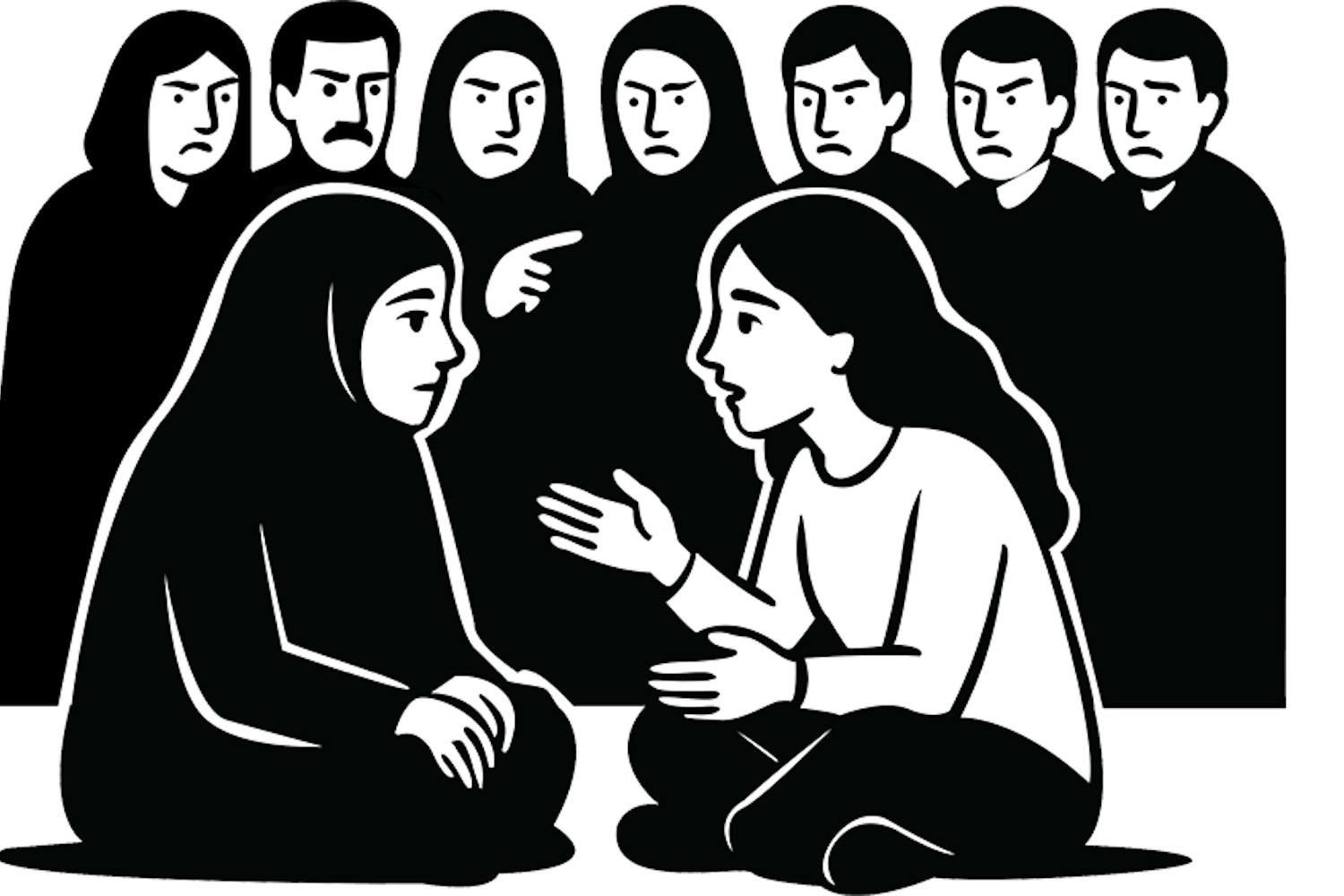As eviction moratoriums come to a close and the housing crisis affects more people across Maricopa County, ASU experts, local governments and organizations are working together to understand how post-moratorium evictions may impact residents.
The Knowledge Exchange for Resilience is working to predict how these evictions will occur and the effect it will have on those who are vulnerable to evictions.
KER’s mission is to improve community resilience within Maricopa County by working with local partners and stakeholders to prepare them for potential crises, Lora Phillips, a postdoctoral research scholar for KER, said.
“Having shelter and having a safe place to sleep every night is one of the essential things that impact everybody’s well being,” Phillips said.
KER has also been working closely with the Valley of the Sun United Way, the Arizona Housing Coalition and the city of Tempe to provide housing solutions and prepare residents for the possibility of being evicted.
READ MORE: The looming housing crisis due to COVID-19
Housing affordability has been a priority for the Tempe City Council in recent years, as the city has boosted its housing resources.
Some of these resources include hiring a housing navigator to help people find affordable housing within Tempe, creating a program with around 60 homes the city keeps permanently affordable and another program that features several emergency shelter units and hotel rooms the city pays for.
“People stay in those homes in traditional ways until they get on their feet, or they rent them out from us for whatever they can afford,” said Tempe city councilmember Lauren Kuby.
KER provided data to political think tank organization New America for a report on housing, created the Maricopa County evictions dashboard, which tracks these removals, and a statistical predictions model for future post-moratorium evictions.
“We took the data that the court provided about what evictions are filed with the county,” Phillips said. “We visualized them to help people understand eviction trends.”
The evictions dashboard compares evictions each month and year from 2016 onward. In 2020, evictions rates dropped in conjunction with the moratorium. However, researchers are nervous about what will happen to these people once the moratorium is lifted.
“One of our biggest concerns going forward is what is going to happen after the moratorium, and particularly if we assume that the same number of evictions would have been filed,” Phillips said.
Evictions are not new to Maricopa County, which historically has high rates compared to the rest of the country. According to a September 2020 report from New America, in Maricopa County, roughly 47,000 households lose their homes each year, and evictions make up 90% of housing losses.
Joffa Applegate, an assistant research professor in the Global Biosocial Complexity Initiative who worked on the statistical predictions model, started to develop this project even before the pandemic hit.
“There is a baseline amount of evictions, which used to be something that we were really worried about and (we) started building this model to address that problem,” Applegate said. “But then COVID came along and we kind of directed the efforts to say, ‘All right, so how much bigger of a problem do we have now?’”
The model discovered the timing of when the economy improves will have a big impact on evictions and people getting back to their normal lives, Applegate said.
“The best case scenario is that there is a significant period of time, by which I mean multiple months, between improvement, people getting back to work and the moratorium being lifted,” Applegate said.
Phillips said evictions can also have a long-lasting financial impact on people, as they place these individuals into massive debt while also putting an eviction on their record, making it harder for them to get housing in the future.
“People have been … evicted but haven’t been forced out of their home due to the moratorium, they still owe rent for every month that they’re living there,” Phillips said.
As the eviction moratorium deadline quickly approaches on March 31, solutions are needed quickly. KER predicts that "by April, 40,000 to 45,000 households (in Maricopa County) could be at risk of eviction all at once."
Reach the reporter at mcfisch4@asu.edu and follow @morgfisch on Twitter.
Like The State Press on Facebook and follow @statepress on Twitter.
Continue supporting student journalism and donate to The State Press today.

Morgan Fischer is the politics editor, she works with her desk to cover topics related to politics in the ASU community. She has previously worked as an intern for RightThisMinute.




